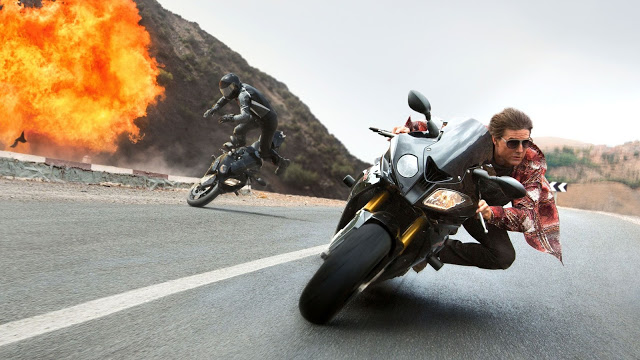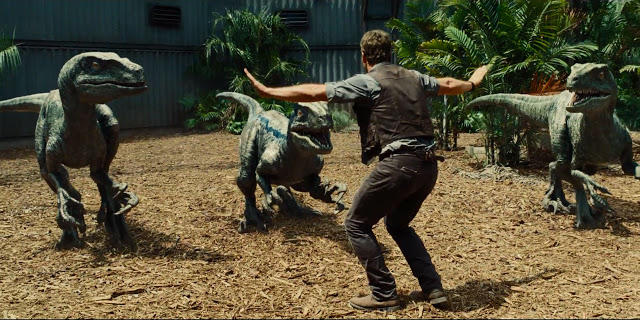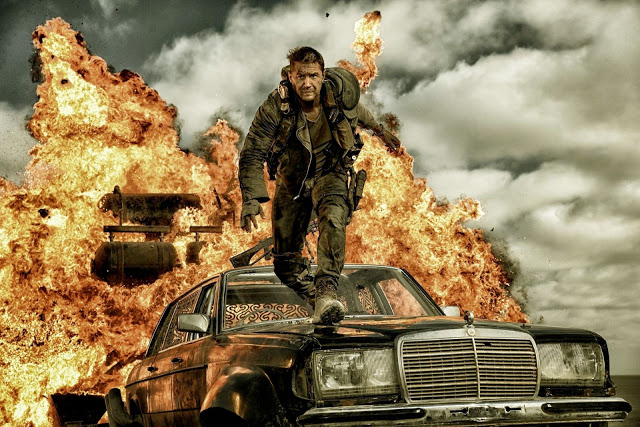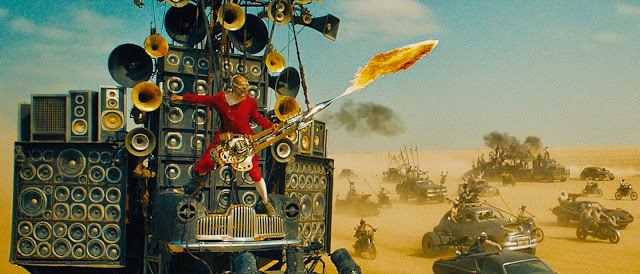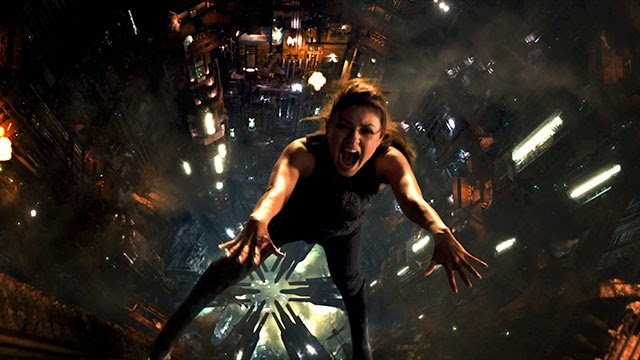The Man from U.N.C.L.E.: The Super-Spy Shuffle, with a Smile and a Wink
It is telling that the best scene in The Man from U.N.C.L.E., Guy Ritchie’s fun and frivolous update of a forgotten ’60s spy show, involves a man quietly helping himself to a sandwich. That would be Napoleon Solo (Man of Steel‘s Henry Cavill), a crack thief-turned CIA agent who, during the scene in question, finds himself fleeing from angry German sentries after breaking into a heavily guarded warehouse. He begins the sequence—along with his grudging partner, KGB operative Illya Kuryakin (The Social Network‘s Armie Hammer)—attempting to outmaneuver ‘ze Germans on a speedboat, but during the chaos, he gets thrown overboard. Any reasonable movie would keep the focus on Kuryakin, hurtling alongside him as he evades his pursuers through heroism and ingenuity. Instead, Ritchie stays with Solo as he calmly finds his way to a pickup truck, where he happily discovers a Little Red Riding Hood-like basket of goodies. As Solo uncorks a bottle of wine and carefully tucks in a bib, the boat chase featuring Kuryakin rages on in the background, orange flames silently erupting into the black night sky. Yet only after savoring a bite of his stolen sandwich, then emitting a weary sigh of annoyance, does Solo come to his partner’s aid.
This is a very funny scene, but it’s also illustrative of Ritchie’s commitment to lightness as a mode of storytelling. To say he favors style over substance almost gives him too much credit. What really matters to him is buoyancy, which is why The Man from U.N.C.L.E. floats along in a state of perpetual ease and winking insouciance. Evoking a James Bond picture from the Roger Moore era (there is even a spectacularly cheesy double entendre), it is difficult to imagine a spy film less interested in generating danger or suspense. It’s pointless, but at the same time, it persuasively suggests that having a point is overrated. Read More


